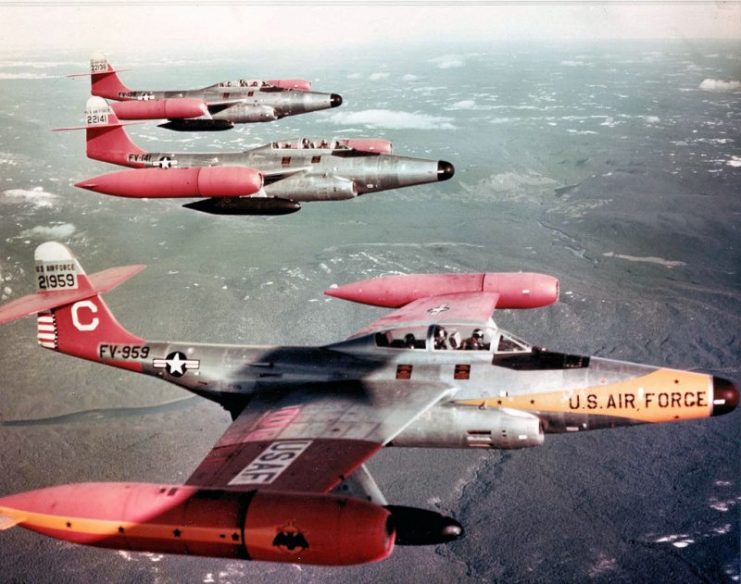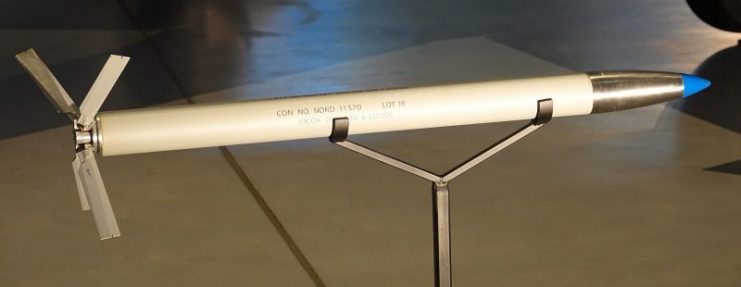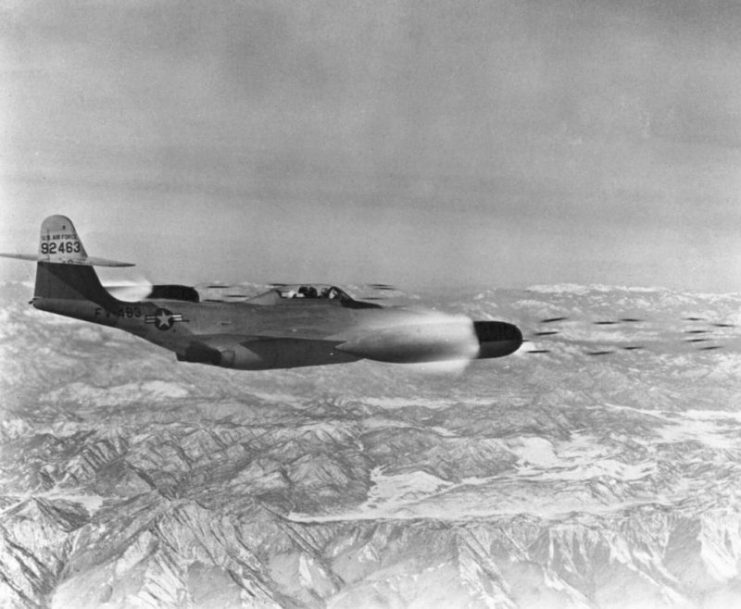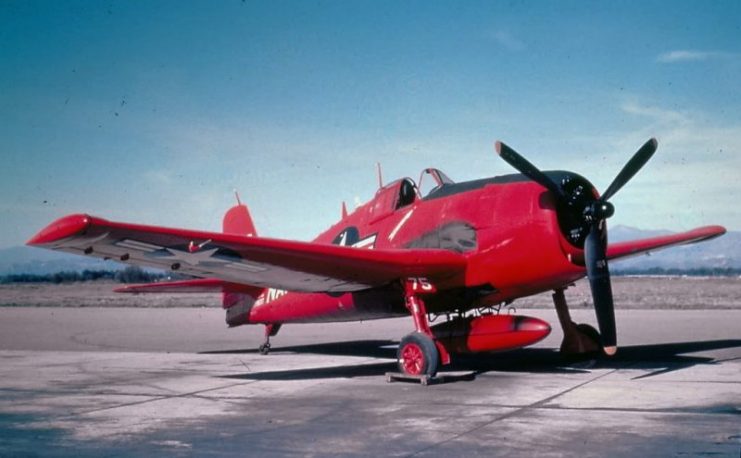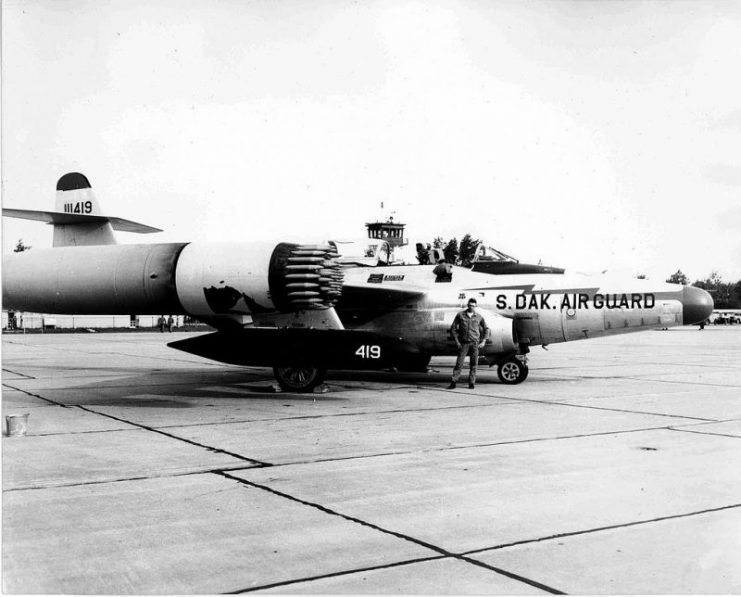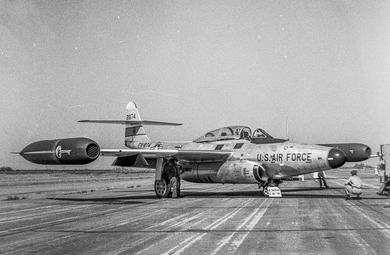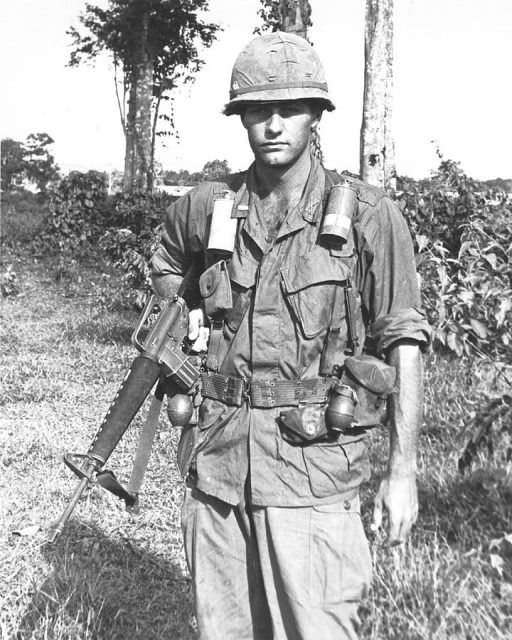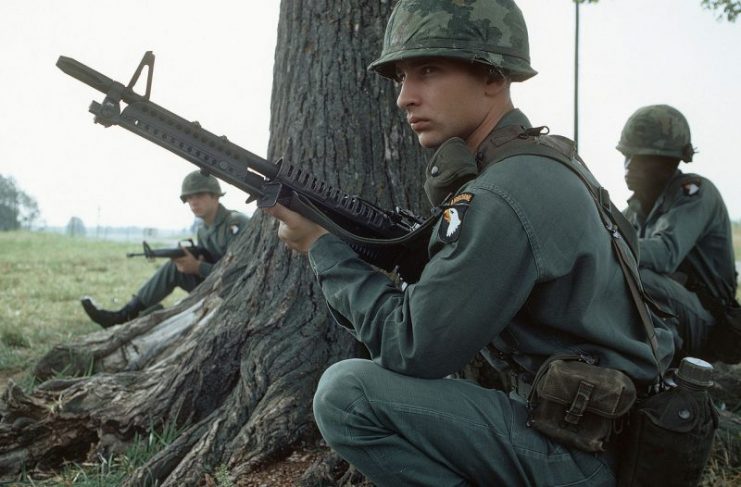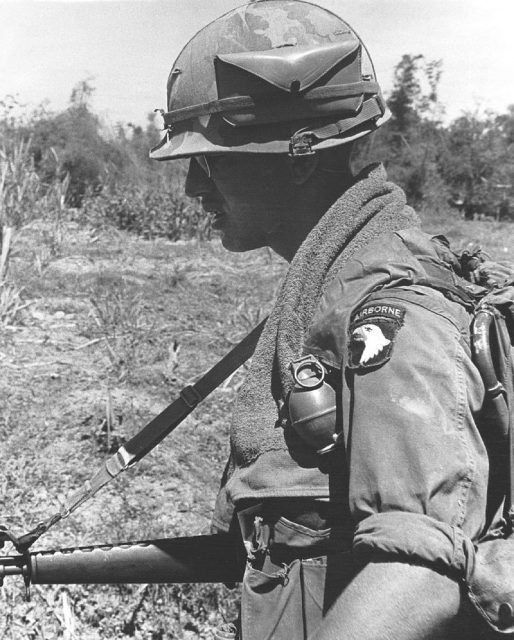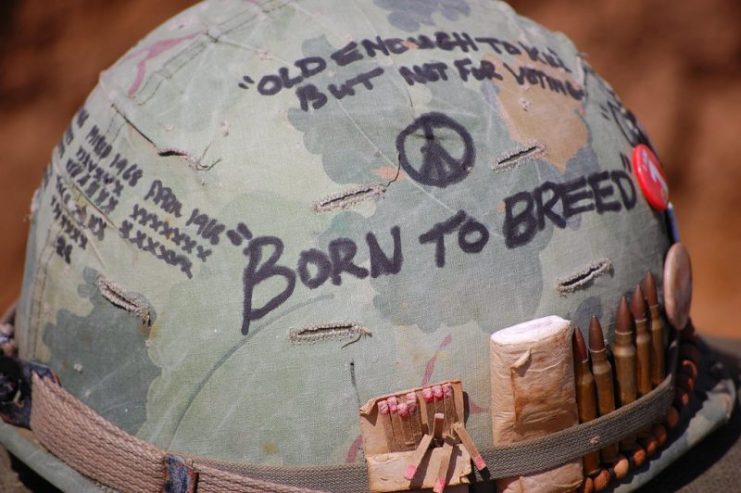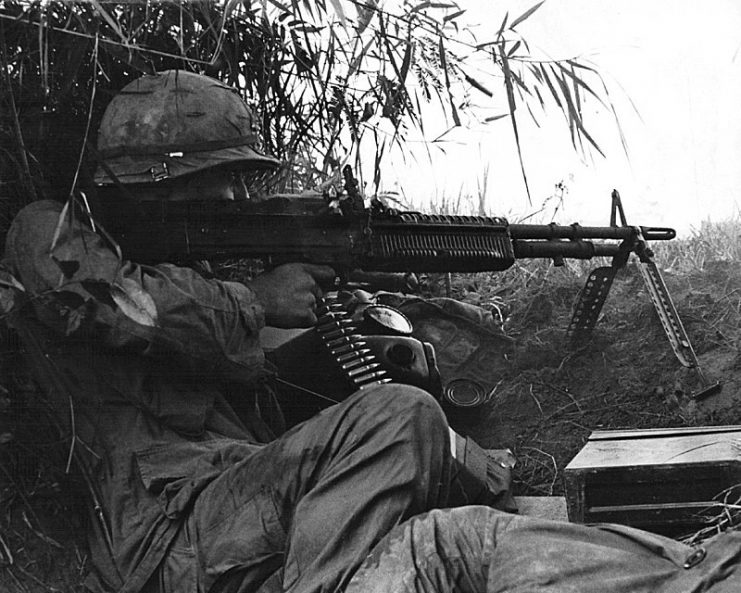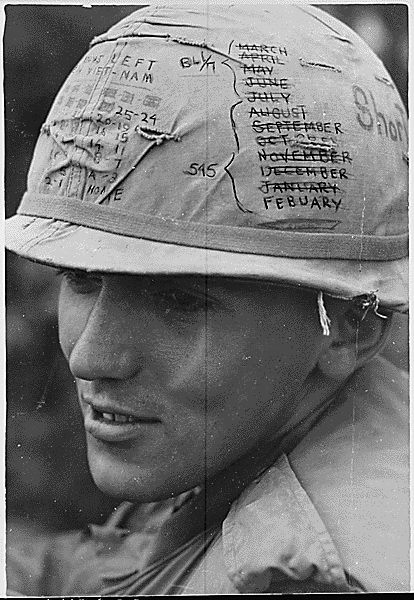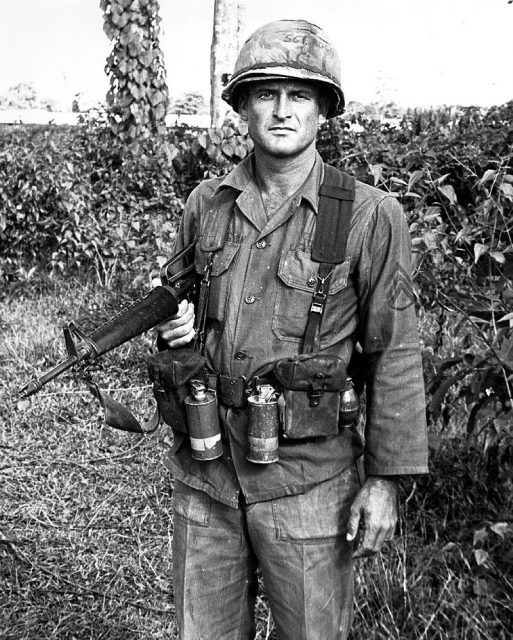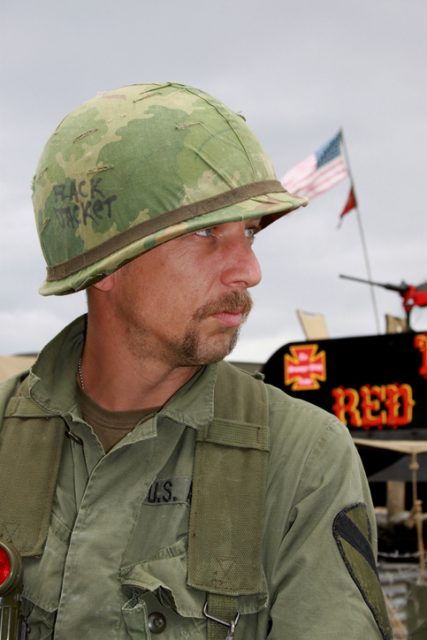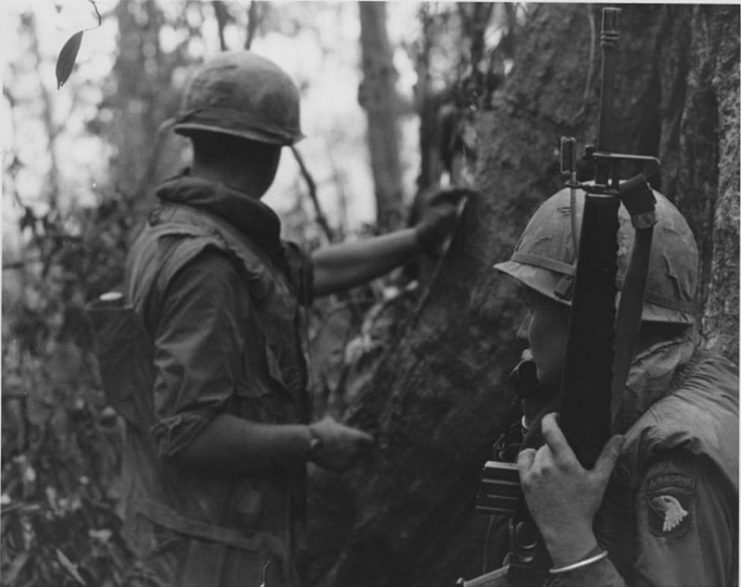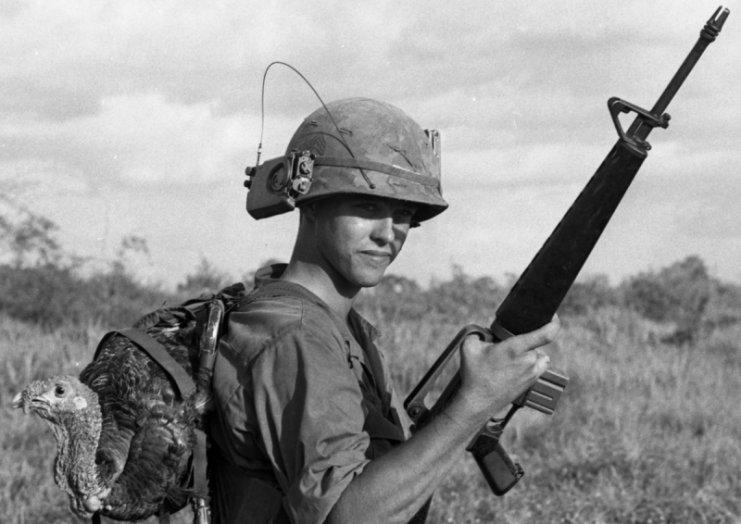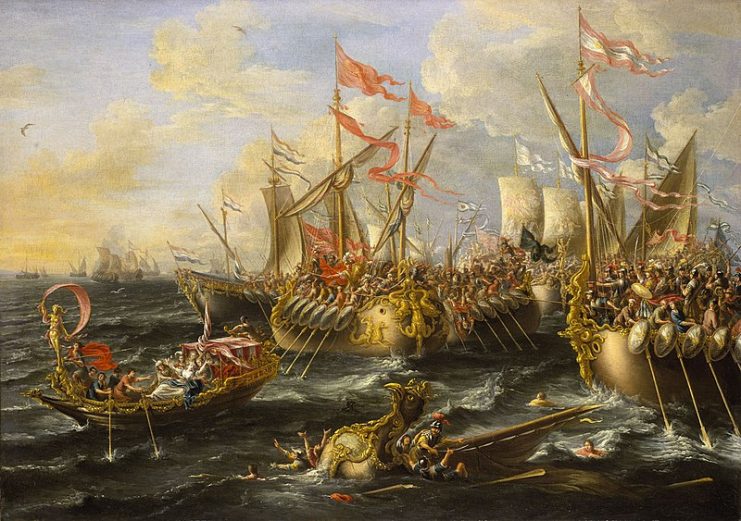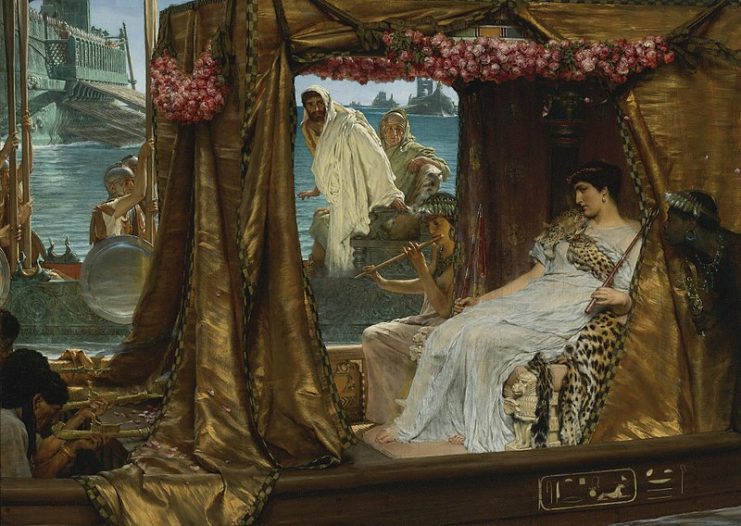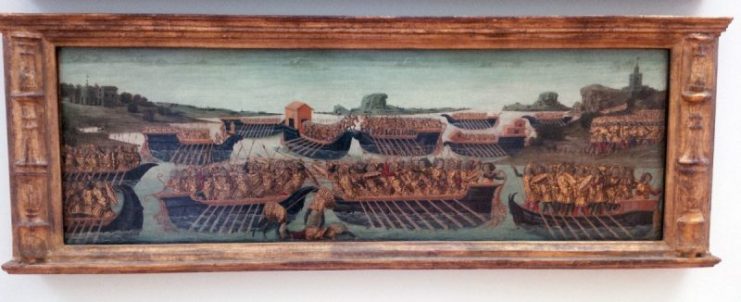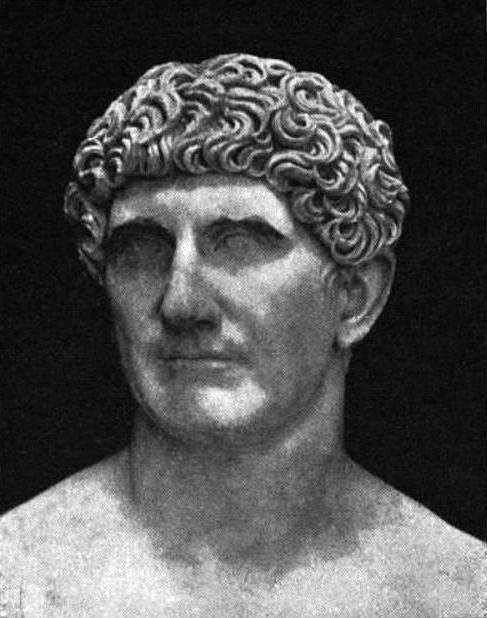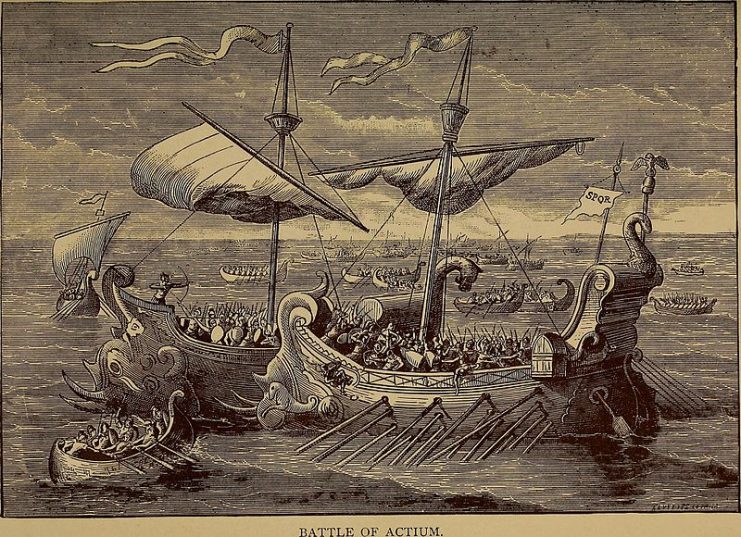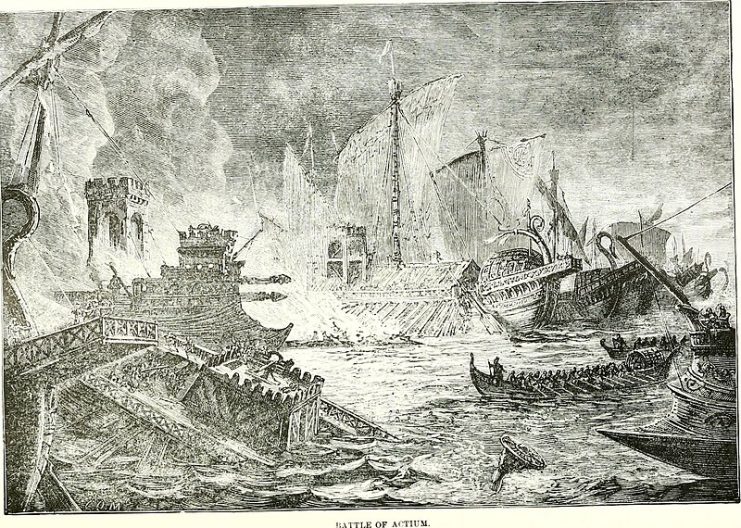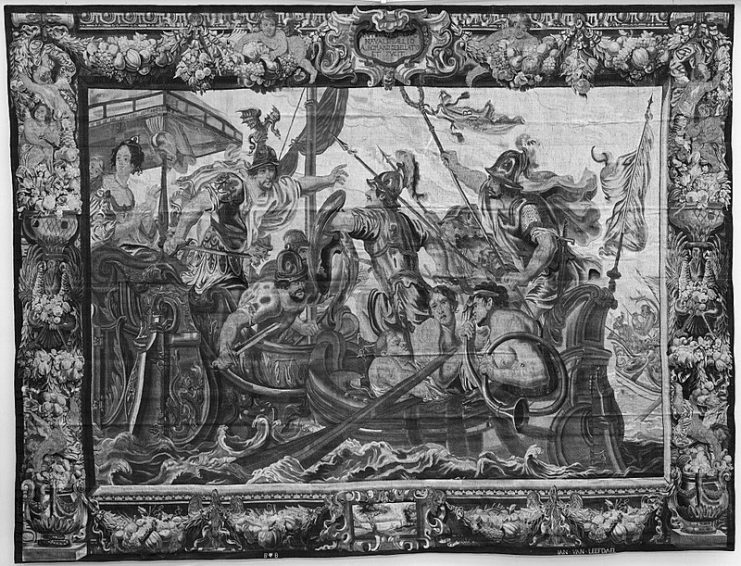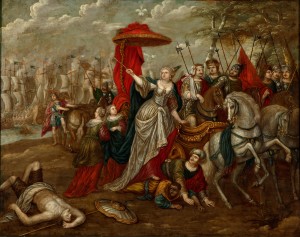
In the 1970s, a unique amphibian aircraft Bartini-Beriev VVA-14 was created for the defense of the borders of the Soviet Union. It was created for vertical takeoff and landing, but had the ability to take off and land both on water and like an ordinary aircraft.
Its main task was to detect American submarines in case of their approach to the borders of the USSR.
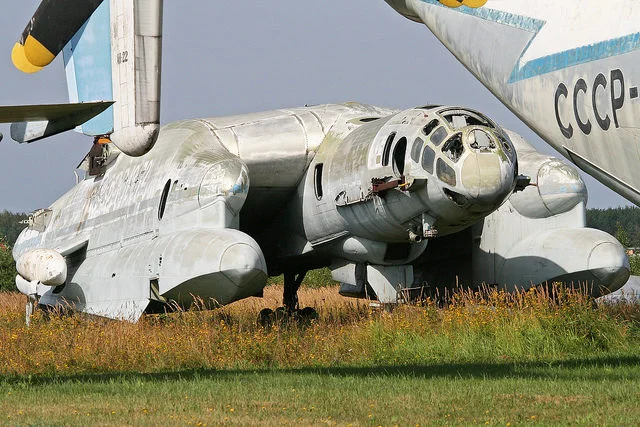
He served in the Austro-Hungarian Army during the First World War, until he was captured by the Russians and sent to a prisoner of war camp in June 1916. Bartini was passionately fond of aviation all his life.
Following his release in 1920, Bartini relocated to Italy, where he studied aerospace engineering at the Milan Polytechnic Institute, graduating in 1922. He also trained as a pilot.
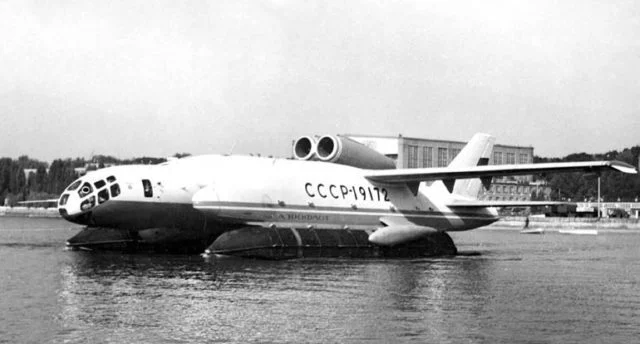
After Benito Mussolini came to power, Bartini emigrated from now-Fascist Italy to the USSR and was appointed as an aviation engineer for the Soviet military. After the move, he managed to unleash his potential by developing a number of interesting and innovative designs that became known throughout the world.
Bartini was forced to know all the “joys” of Stalin’s time. He was charged with spying for Mussolini, and subsequently declared the “enemy of the people”. The Cold War was alive and well.
Bartini was placed a Gulag and continued to develop aviation equipment there for the Soviet Union in the Experimental Design Bureau program. While in prison, he and Andrey Tupolev designed the Tupolev Tu-2 bomber aircraft.
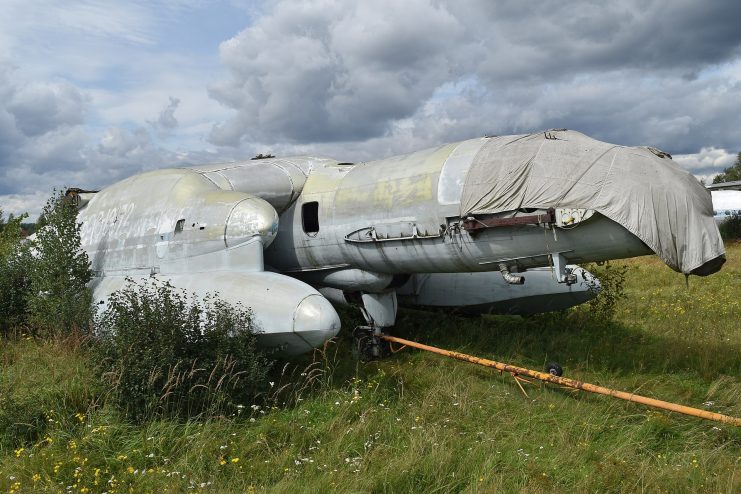
After eight years of imprisonment, Bartini was released and continued his aviation activities in the USSR. The aircraft designer developed the “Theory of intercontinental transport on Earth,” according to which the optimal vehicle is an amphibious vehicle, combining the advantages of ships, helicopters and airplanes.
In 1962, Bartini presented the first such project. The MVA-62 was an amphibian aircraft with the possibility of vertical take-off and landing on almost any surface. The MVA-62 could fly like a plane and could move like an ekranoplan (wingship).
The single-copy project MVA-62 showed itself well on trial and served as the basis for the creation of the VVA-14 amphibian. It was assumed that the new aircraft would perform the tasks of detecting enemy multipurpose and missile submarines, as well as perform search and rescue operations.
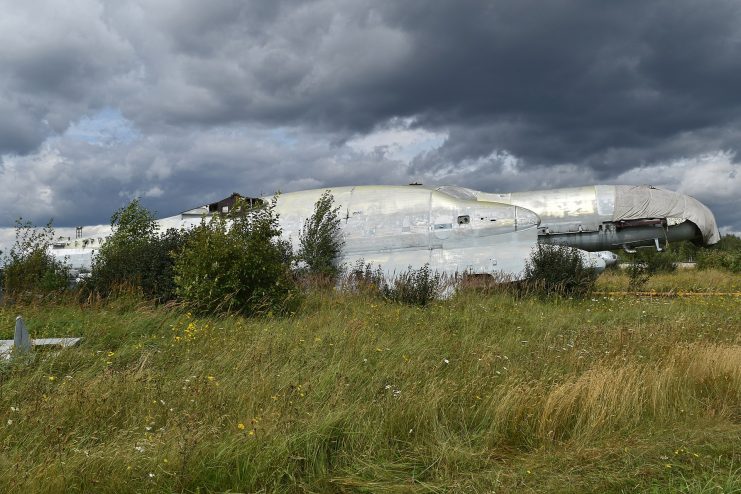
During the first flight, a number of shortcomings were revealed, which Bartini began to correct. In 1974, changes were made to the design, along with the installation of inflatable pontoons, which were later replaced by rigid pontoons. In addition, there was a problem with the installation of a lifting engine for vertical takeoff.
The crew of the VVA-14 consisted of three people. The power plant included two cruising and 12 lift turbofan engines due to which the aircraft developed a maximum speed of 472 miles per hour (760 km/h).
The flight range reached 1,522 miles (2,450 km), and the service ceiling was 26,250–32,800 feet (8,000–10,000 m). The armament consisted of two aircraft torpedoes, eight aircraft mines, or 16 aircraft bombs.
The aircraft designer was waiting for the engines for vertical take-off, but the work on the creation of a lifting engine was never completed.
For this reason, it was decided to supplement the VVA-14 with the function of an ekranoplan, that is, using on-screen flight mode, but having the ability to fly at high altitudes like an airplane.
On December 6, 1974 Bartini Beriev died in Moscow, at the age of 77. He is buried in Moscow at Vvedenskoye Cemetery.
The inscription on his monument the inscription “In the land of the Soviets, he kept his oath to devote all life that the red planes flew faster than the black (ones)”.
After Bartini’s death, his project, already much slower, continued to evolve for two years. In the waters of the Taganrog Bay, tests of the airplane were performed in the mode of an ekranoplan.
A total of 107 flights were made by VVA-14, spending a total of 103 hours in the air. In 1976, the further development of the project was stopped.
Everything superfluous was removed from the aircraft, and in 1987, the prototype was sent to the Soviet Central Air Force Museum, where it remains to this day. Currently, the grandiose project of the genius Italian aircraft designer is a sad spectacle.
In 2013, a group of enthusiasts emerged with the goal of restoring the VVA-14, but to no avail.


















